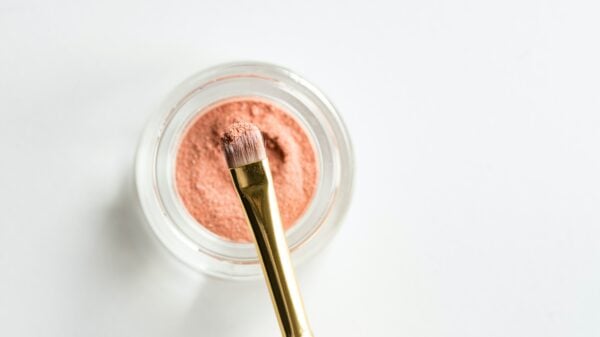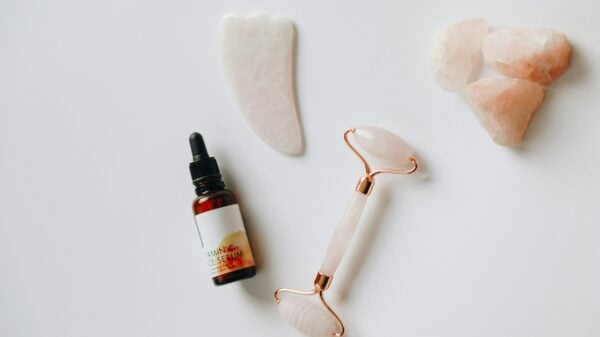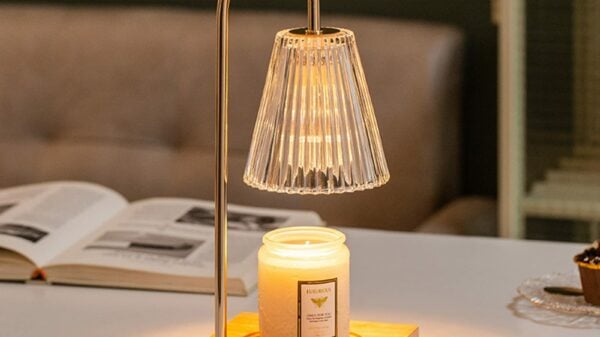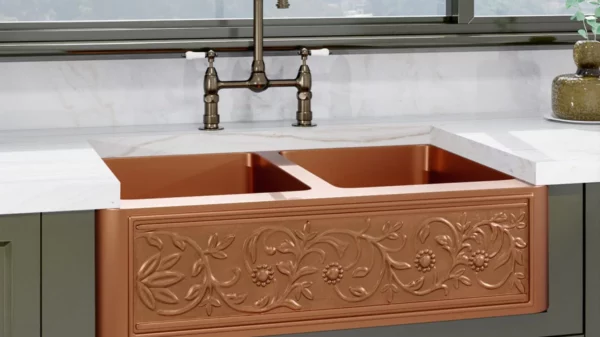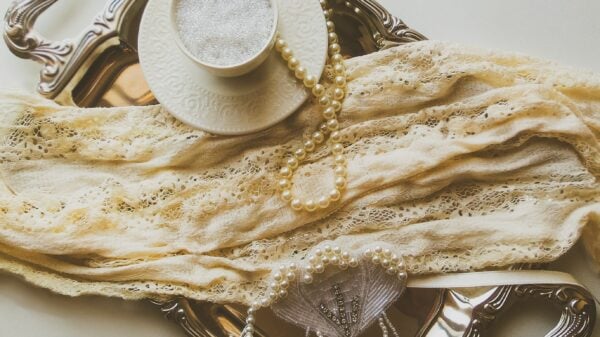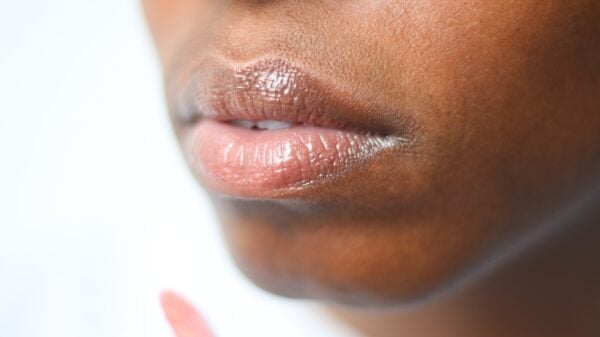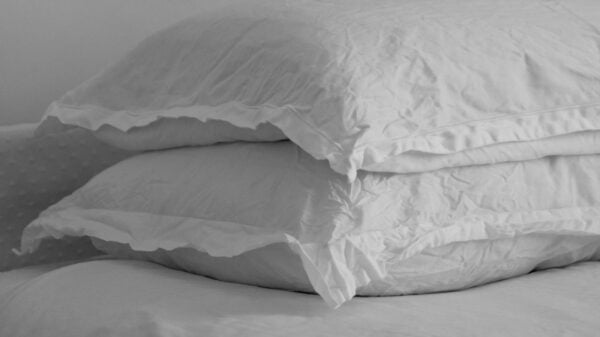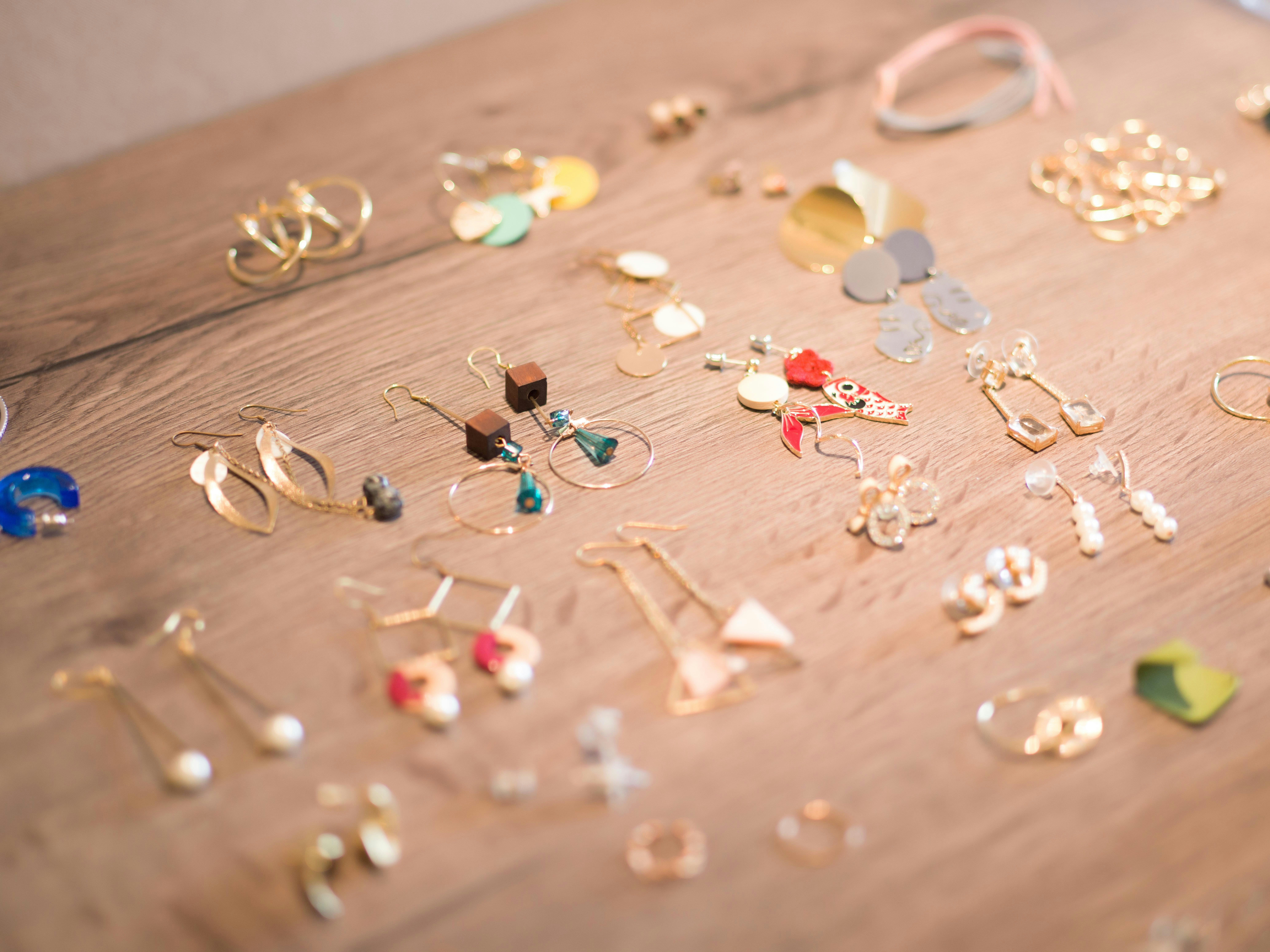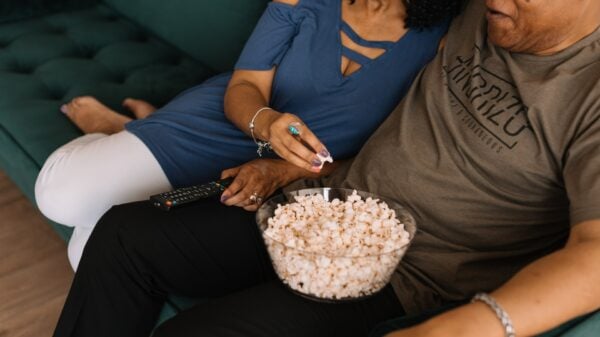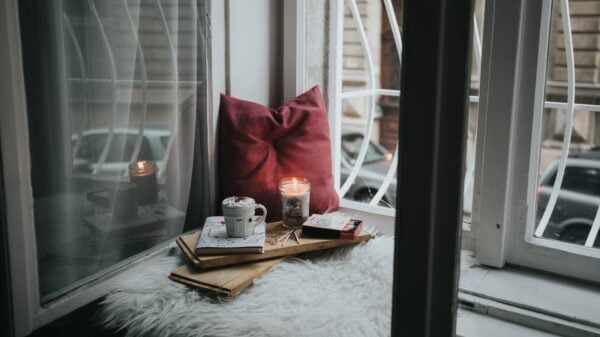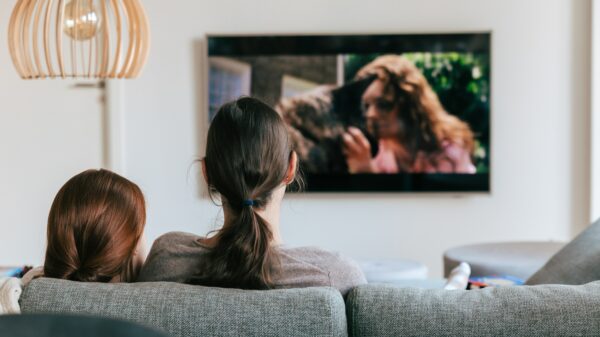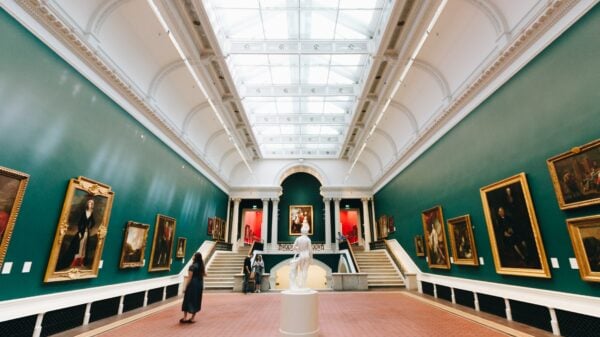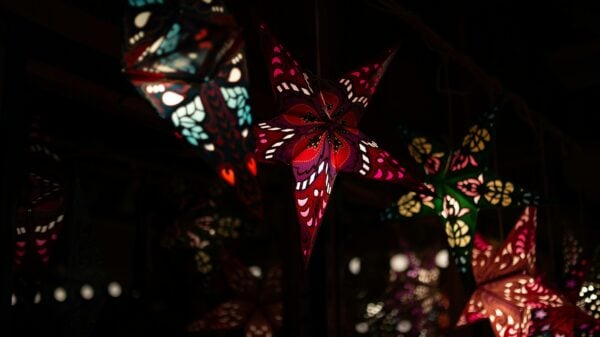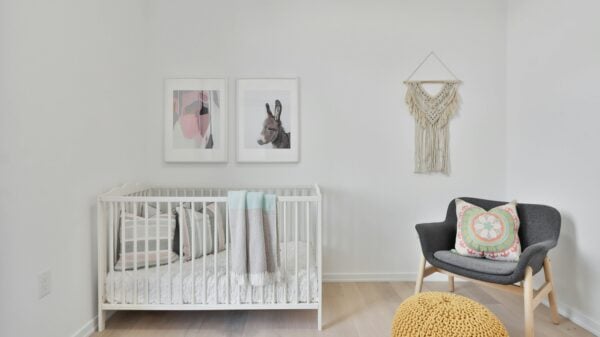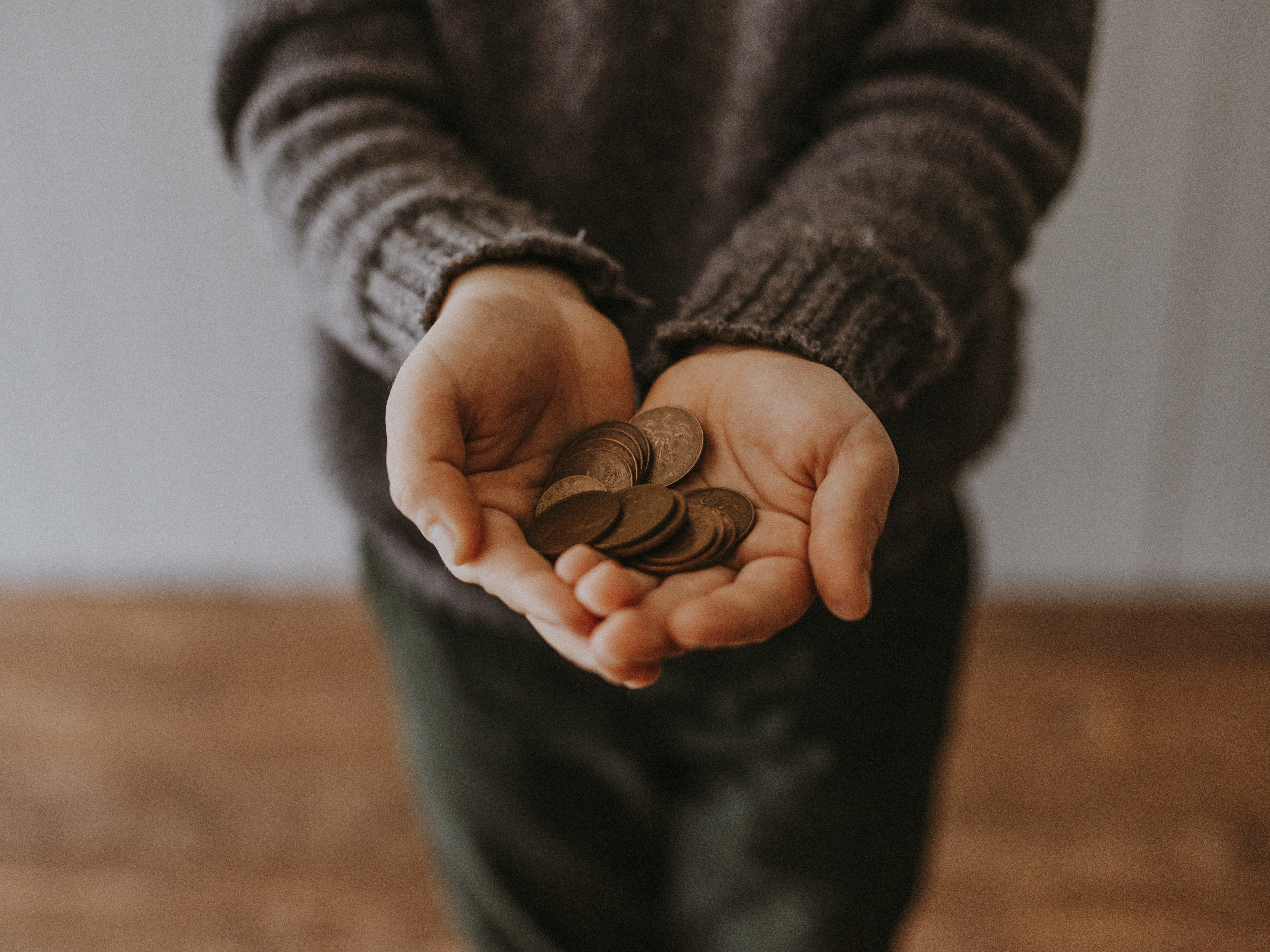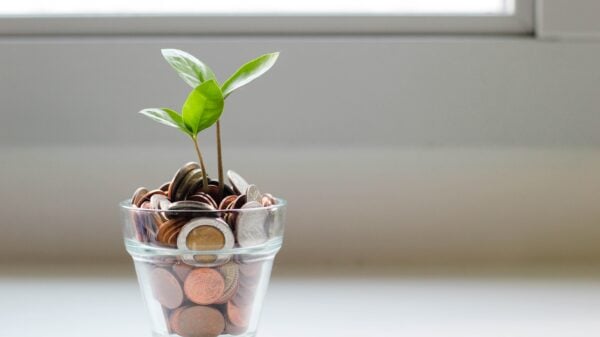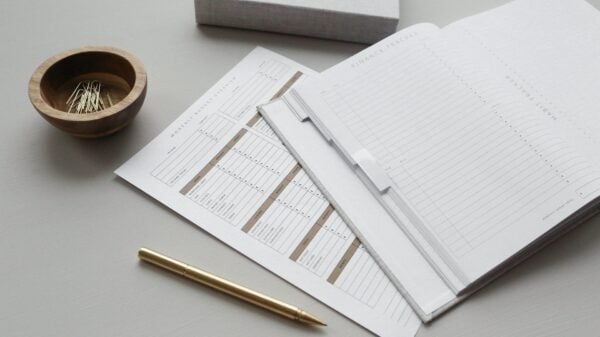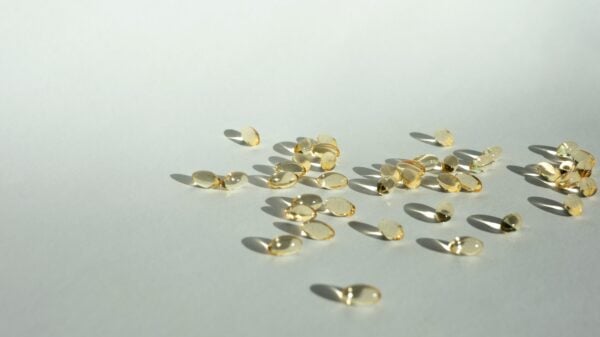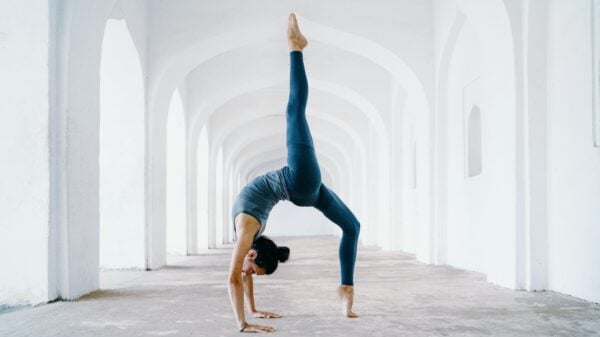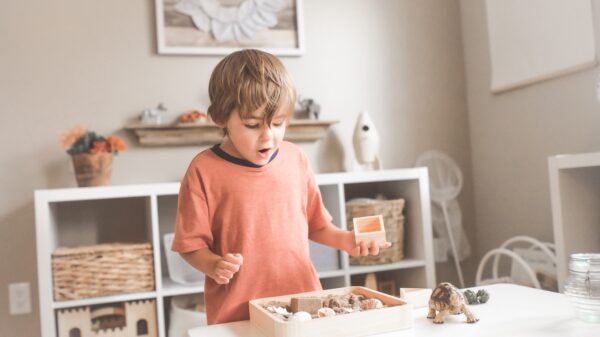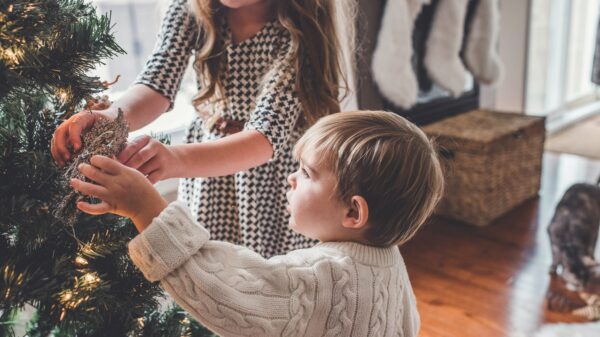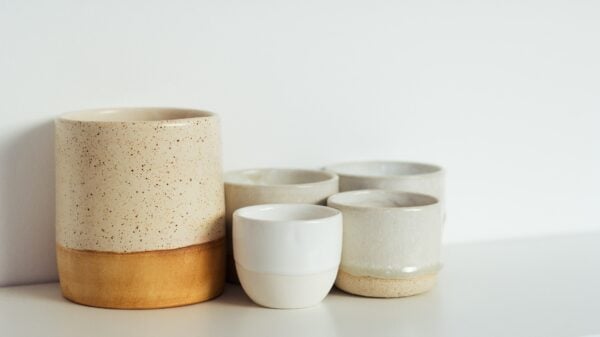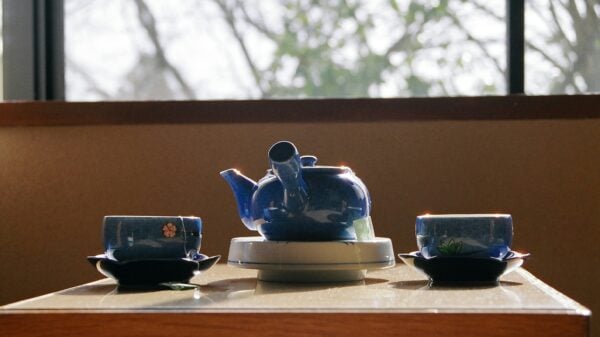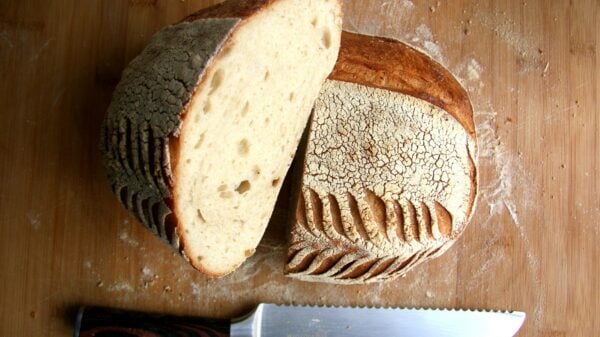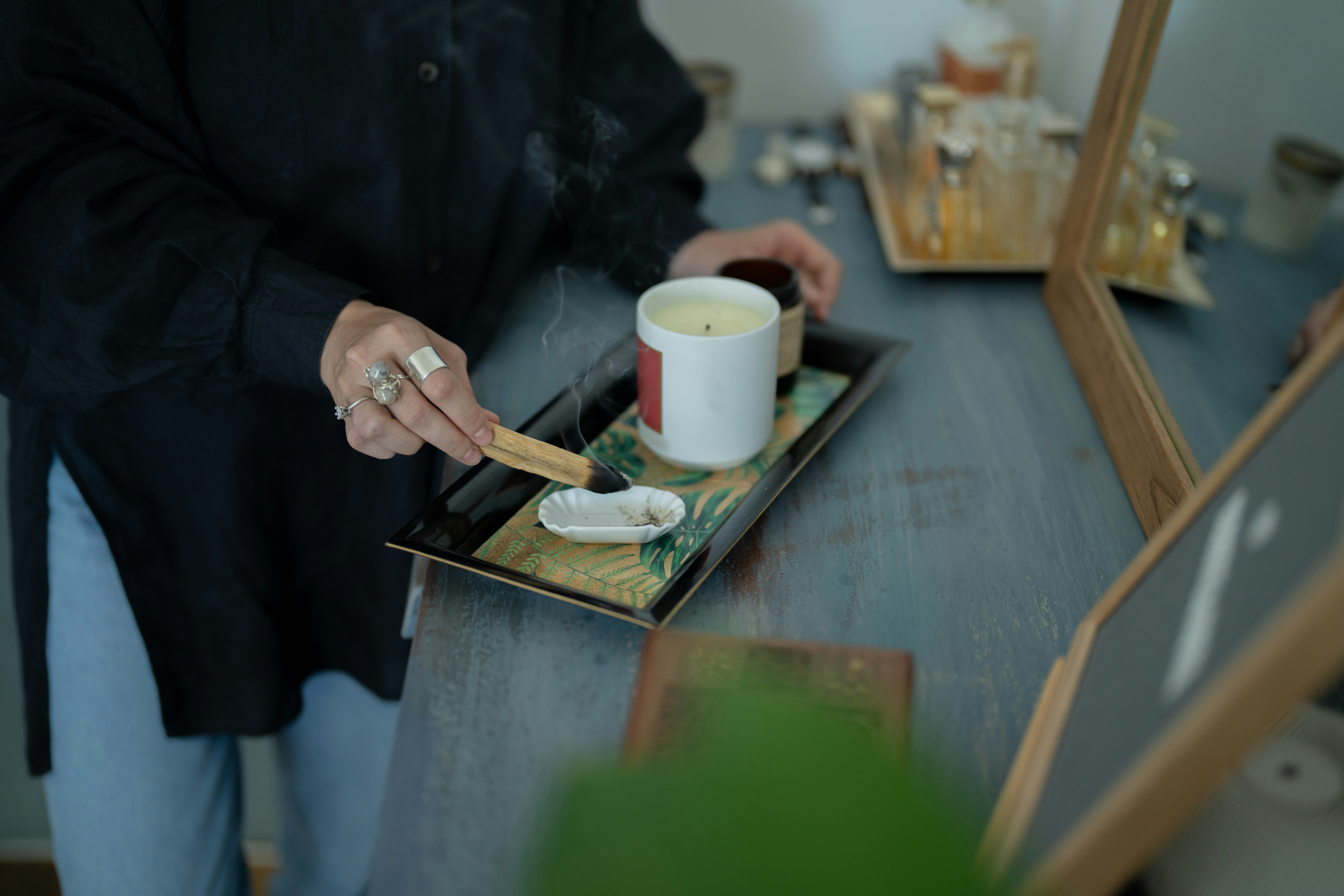Feeling like your home is missing a sense of calm? Feng Shui, an ancient Chinese practice, aims to harmonize energy within a space. This article offers practical tips to rearrange and refresh your living area for improved balance and well-being.
Let’s find tranquility together!
The Basic Principles of Feng Shui
Feng shui is a Chinese philosophical system that focuses on harmonizing individuals with their surrounding environment, emphasizing the flow of “chi” or energy. It incorporates key concepts such as bagua (a map for understanding the various areas of one’s life), and the five elements (wood, fire, earth, metal, water) to create balance and positive energy in living spaces.
Traditional and contemporary uses of this Chinese practice include interior design, architecture, and holistic approaches to wellness.
Definition and history
Feng Shui is a Chinese art that has been practiced for many years. People use it to bring harmony into their living spaces. It’s about balancing energy, or “chi”, to create a peaceful and happy home.
This ancient wisdom looks at the flow of energy in our environment and how it affects us.
The history goes back over 3,000 years in China. Feng Shui masters studied nature to understand the secrets of health and good fortune. They used ideas like the bagua map to pinpoint areas in homes that needed help.
They also thought about five elements: wood, fire, earth, metal, and water. These parts work together to make sure chi flows well through a space.
Nowadays, people all around the world use this Chinese practice. They do this not just in homes but also businesses to welcome success and wellbeing.
Key concepts like chi, bagua, and the five elements
Feng Shui revolves around chi, the life force that flows through everything. It is important to maintain a balance of this energy in your living space for harmony and wellbeing. Bagua represents different areas of life and their corresponding elements, guiding the arrangement of furniture and decor to optimize energy flow.
The five elements – wood, fire, earth, metal, and water – play a crucial role in creating a harmonious environment by interacting with each other positively.
Understanding these key concepts helps you create an atmosphere that fosters positive energy flow throughout your home. By incorporating these principles into your living space, you can cultivate a sense of balance and harmony while promoting overall wellbeing.
Traditional and contemporary uses of feng shui
Feng shui has been used for centuries in Chinese culture to bring harmony and balance to living spaces. Traditional uses involve arranging furniture and decor to promote positive energy flow or chi.
Today, feng shui is also utilized in contemporary interior design as a way to create a peaceful and harmonious environment, integrating aspects of this ancient practice with modern preferences.
Whether it’s organizing space for better energy flow or incorporating specific elements into home decor, this Chinese practice continues to be embraced as a means of enhancing wellbeing and promoting good fortune.
Tips for Practicing Feng Shui in Your Home
Arrange furniture to allow for good energy flow and position mirrors strategically to reflect positive energy throughout your home. Keep your space clutter-free to promote a sense of calm and balance, and incorporate natural elements like plants or water features to enhance the flow of chi.
How to feng shui different areas of your home
To feng shui your living room, place furniture in a way that encourages conversation and allows for easy movement. Add plants to bring nature indoors and promote positive energy flow.
Keep the space clutter-free to allow chi to circulate freely, and use soft lighting to create a warm and inviting atmosphere.
In the bedroom, position the bed so that it has a clear view of the door but is not directly in line with it. Use calming colors and soft textures to foster relaxation. Remove any electronics or exercise equipment from this area as they can disrupt restful sleep.
Lastly, incorporate symbols of love and romance such as pairs of objects or artwork depicting peaceful scenes.
Common dos and don’ts of feng shui
When practicing feng shui in your home, it’s important to keep certain dos and don’ts in mind. Do ensure that there is a good flow of energy throughout your space by decluttering regularly and fixing any broken items.
Don’t place sharp or pointed objects directly facing areas where you spend a lot of time, as this can create negative energy. Do incorporate natural elements like plants and water to promote positive energy flow.
Don’t forget to fix any leaks or repair broken faucets, as water represents wealth in feng shui and symbolizes the flow of money.
Benefits and limitations of feng shui
Feng shui can improve the flow of positive energy in your home, making it a more pleasant and peaceful place to live. By arranging furniture and objects thoughtfully, you can promote relaxation and reduce stress.
This ancient practice encourages harmony and balance, which may enhance overall wellbeing, leading to a happier and healthier lifestyle.
However, while feng shui offers many potential benefits, it’s essential to approach it with an open mind. It’s not a one-size-fits-all solution, so what works for one person or family might not work for another.







